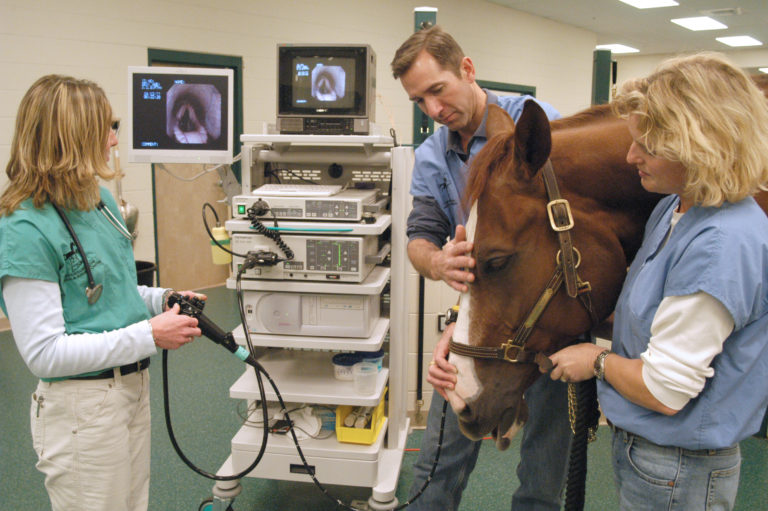Now that my writing hand has rested from an 8:30-12:30 shift as a scribe for “R” judge, Gina La Croix, I am ready to report back on how it went.
Gina said that I could write anything about how the day went, even the bad stuff… unfortunately for her, nothing bad happened and I can only write about how educational and fun it was 😉
I learned how helpful it is to speak to your scribe in language that is easy to get down on paper. For every movement, Gina would say “Movement X. comment. comment. score“. For example: Movement 1. Straight Entry. Balanced Halt. Weaving after X. 6.”
Also, Gina had a sheet for each dressage test. Each sheet had a diagram of the dressage arena for each movement and she had drawn in the start and stop of each movement. The trot was marked in green, canter in red, so she could tell where the horse was supposed to be and what movement it corresponded to. This made scoring very clear, because when the horse was on the path that corresponded to box 19 (corresponding to movement 19), Gina knew to apply the score from that section towards movement 19. This seems easy to do, but when you ride through the test you realize that there are some gray areas between figures that might go to movement 19 or 20, depending. To maintain fairness as a judge and clarity as a competitor, it is very important that you learn where each movement of your tests begin and end.
Also, scoring each movement makes me understand how long/short some movements can be. For example, in Training 2 there is a movement in the beginning that includes a circle and the whole track before the horse turns onto the diagonal. First 4, however, has so many movements for the canter work that you almost have to rush through the scoring or else you will get behind.
The long movement in Training Level leaves you time to improve the movement’s score, but also mess it up when it was going well. On the other hand, the quick movements in First 4 leave you little time to correct something that is going wrong before you have accumulated multiple low scores, but it also allows you to earn more strong scores if you correct something quickly and continue on well.
This leads me to a separate discussion I had with Gina later in the day. I asked her if she thought it was appropriate to move a horse up to Fourth 1 when it had confirmed his changes.
Here is what I think I got from her:
-Third Level only gives you 2 opportunities to change, while Fourth Level 1 gives you 4. If your horse gets the changes clean most of the time, you risk 1/2 of your change scores in Third but only 1/4 in the Fourth 1.
-Fourth Level 1 has more movements and more lateral work that should be confirmed from Second Level, so even if you mess up on a change, you have more movements to make points back.
-Gina also noted that waiting until you can change at a letter before moving up might not be that important, since a clean change a little after the letter can still get an ok score. Is 2 more points worth waiting to move up?
I hope what I repeated is what she was telling me. Either way… I am sold on the idea of moving up to Fourth Level sooner rather than later and am curious to hear reader’s thoughts.
More later!











